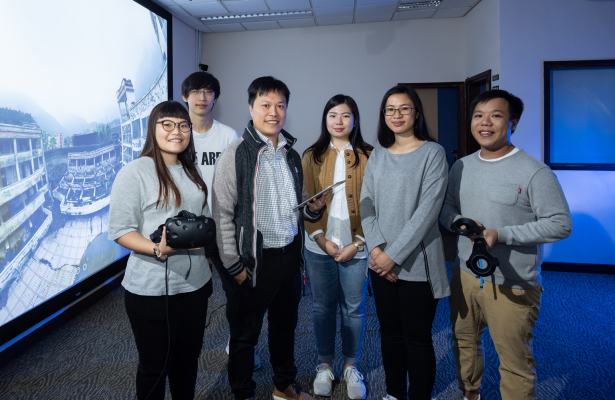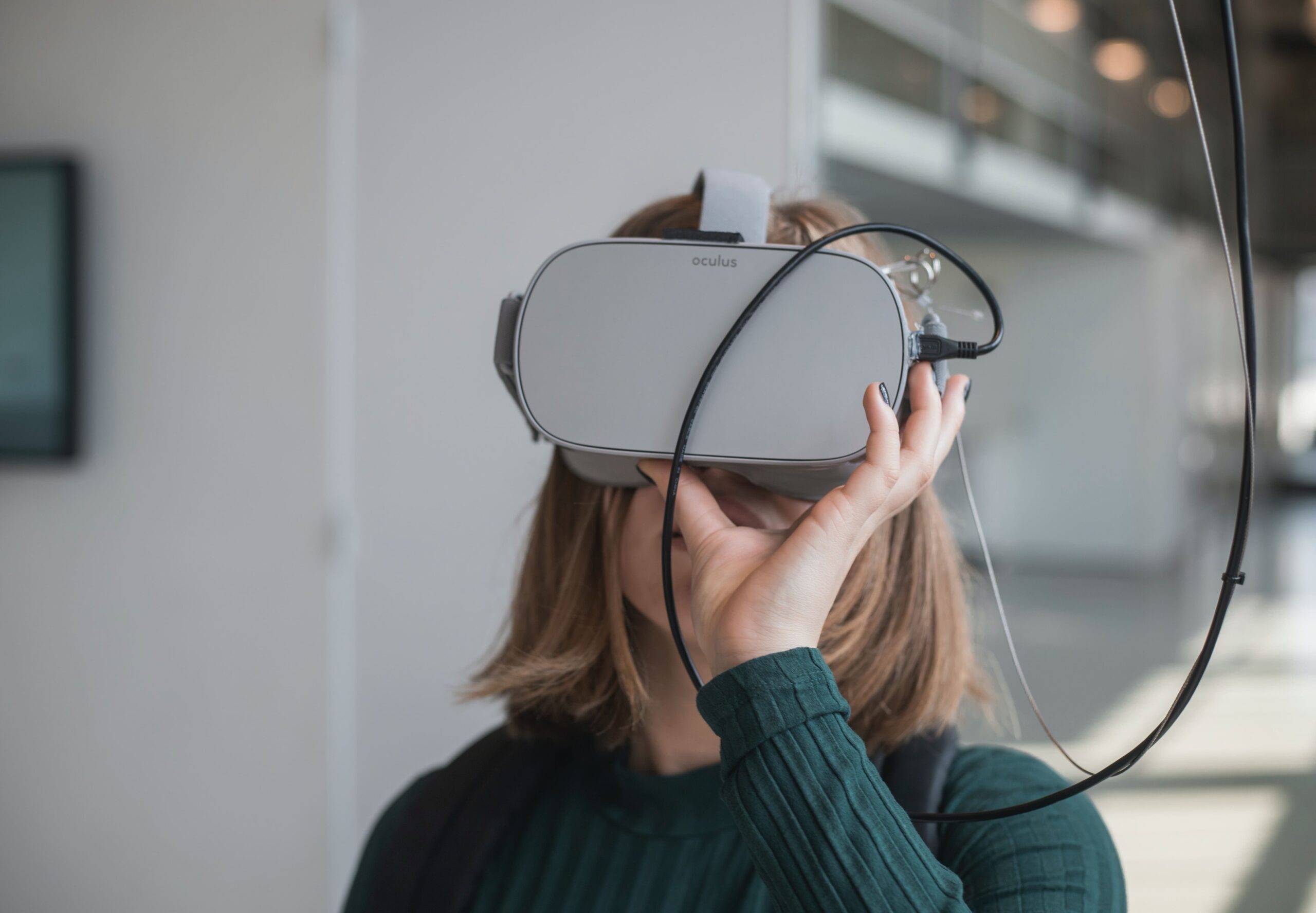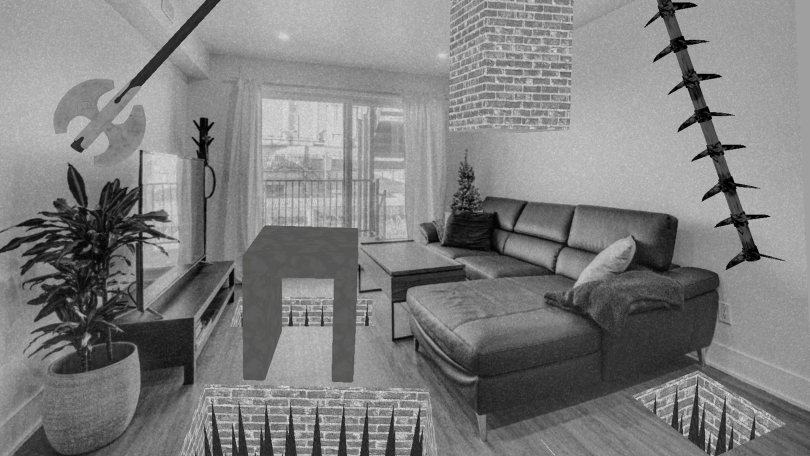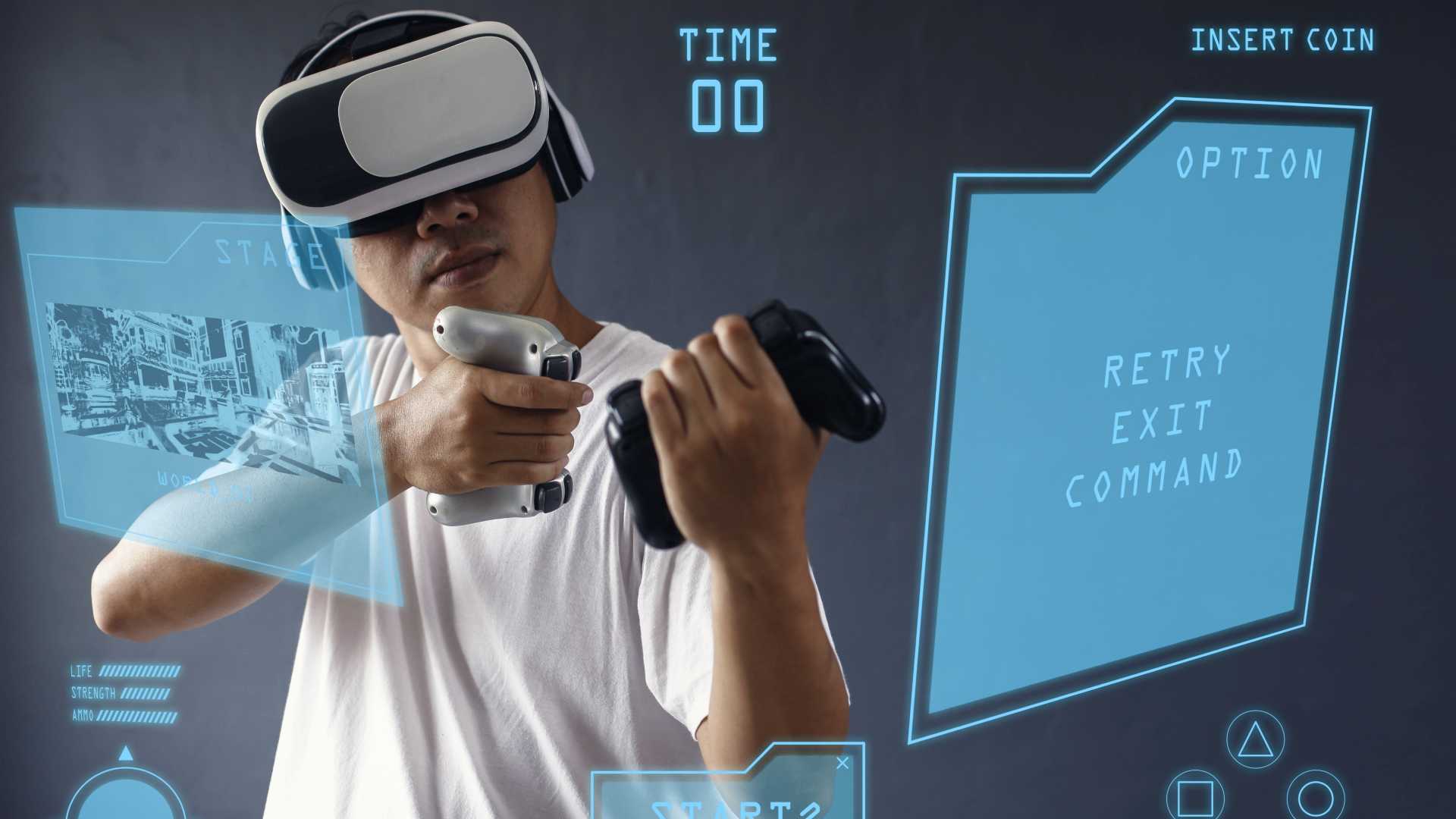Imagine what a day at school could be like in a few years’ time if students are able to take a virtual tour of, say, cage homes in Sham Shui Po in one lesson before “visiting” the Grand Canyon to learn about one of the world’s most astonishing landscapes in the next.
Such possibilities are on the way thanks to the development of virtual reality (VR) technology and readily available content on the internet. That combination is taking experiential learning to a whole new level, giving students direct exposure to the simulated world of wonders, monuments and historical sites and, thereby, adding a new kind of interest and excitement to all kinds of different classes.
Learning Chinese made easy thanks to app by Education University of Hong Kong
However, to maximise the potential benefits, teachers must have the skills to locate or create suitable content. And they need the right pedagogies to ensure VR is used in a meaningful and educational way.
With this in mind, Dr Cheung Ting-on, Associate Professor in the Department of Social Sciences at The Education University of Hong Kong (EdUHK), is working with his team and other universities to show the way. The aim is to give trainee and current teachers the know-how to deploy VR as an effective aid in the classroom. It is all being done as part of a three-year, HK$3.7-million project funded by the University Grants Committee (UGC)’s Funding Scheme for Teaching and Learning.
Teaching students about repairing old items, with a little help from 3D printers
“With VR gaining in popularity around the world, the technology can add value in the way education is delivered,” Cheung says. “The VR teaching kit currently being developed will benefit our pre-service teachers, giving them hands-on experience with 360-degree cameras and drones. It will also provide methods for integrating VR content into what they are teaching.”
In due course, this kit will be made available for all local UGC-funded universities.
Providing support for asylum seekers and refugees in Hong Kong with volunteer students from EdUHK
To this end, Cheung’s team has been working on a number of three-dimensional learning modules since 2016. These include simulations of various natural phenomena such as volcanic eruptions, earthquakes, floods and landslides.
Once ready, the team will provide training workshops for academics and teachers from other universities on lesson planning and the use of the VR teaching resources.
At present, Cheung is also putting together a database of VR teaching materials on tourist attractions and historical sites, such as Beijing’s Forbidden City. EdUHK students had a first look at these in September when the university opened its first Virtual Reality Laboratory on campus.
“VR teaching resources can be applied to a wide variety of subjects,” Cheung says. “For example, the modules being developed can be adopted in the geography, liberal studies and general studies curriculum. Ultimately, though, the use of technology in education has only one goal, which is to enrich the learning experience of students.”
Quelle:
Photo: The Education University of Hong Kong
https://yp.scmp.com/tertiary-education/the-education-university-of-hong-kong/article/112146/eduhk-makes-virtual-reality




